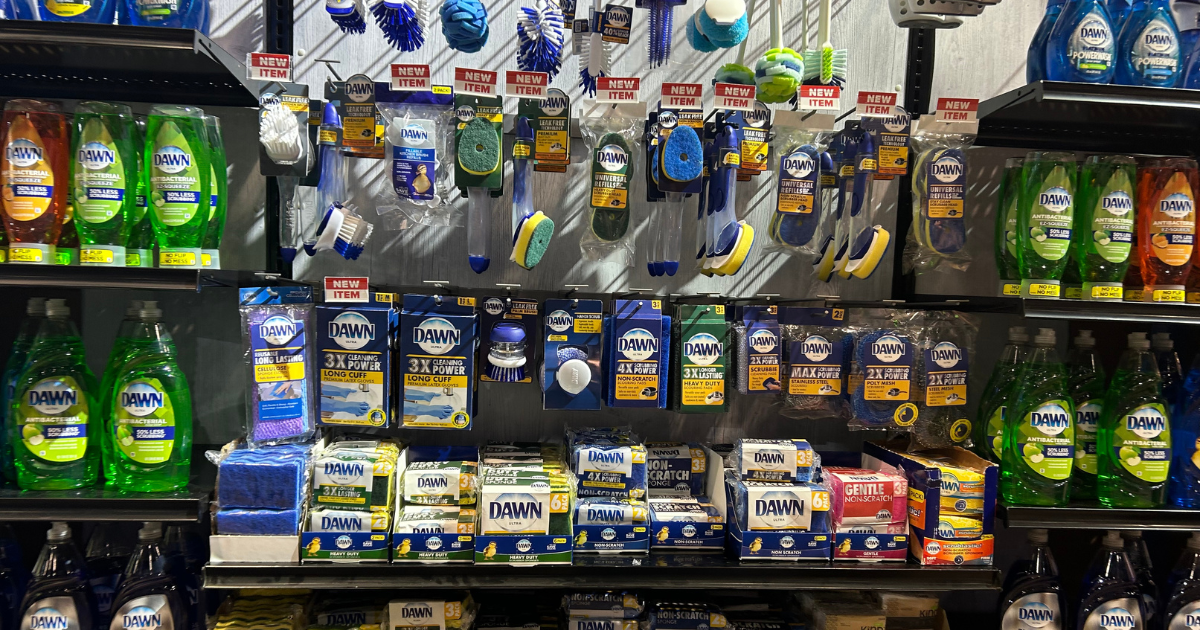
What’s Next for Cleaning Brands?
Sales of household cleaning products surged during the pandemic, but what does demand for these brands look like in a post-Covid world?
While annual sales growth has slowed to 3-4% (from a peak of 15% during the pandemic), companies in this space are appealing to customers by putting the “clean” back in cleaning, according to executives at the Inspired Home Show in Chicago this week.
In a market where licensed mops, sponges, cleaning gloves, and other products account for a large share of the business, many companies are promoting natural and green cleaners stripped of harmful chemicals and featuring recyclable packaging.
And in a category where price has traditionally been king, consumers are showing a willingness to pay more for natural and organic products that benefit the environment. Overall, global sales of household cleaning products are expected to increase 4.4% annually to $334.1 billion in 2029.
“We really have to make sure we are on the cutting edge [of ingredients and product design] because consumers’ perception of what disinfectant and antimicrobial means has changed,” said Danielle Caltabiano, VP of Omnichannel Sales and Marketing at Ginsey Home Solutions.
Ginsey sells products under the licensed Clorox (antimicrobial plastic toilet seats, bath mats) and Arm & Hammer (odor eliminator) brands and is readying Clorox-branded kitchen cleaning products for launch in early 2024, Caltabiano said.
And Bradshaw is using more recyclable materials in packaging as well as readying a new design of the Mr. Clean character for later this year. The redesign will replace the image of Mr. Clean with his arms folded across his chest with, in the case of gloves, one hand reaching out from the packaging.
And while clean ingredients and sustainable packaging are important to many consumers, factors like availability and price can outweigh those concerns for other customers.
“Cleaning product preferences differ from person to person and can be influenced by psychographic, demographic, and behavioral factors, which are impacted by lifestyle standards and awareness,” according to a Fortune Business Insights report. “Consumer loyalty and product distinctiveness are difficult to maintain in today’s market for household cleaning products. Consumers are frequently driven to innovative items so are unable to remain loyal to a single product or brand. Small and medium-size manufacturers are challenged to keep up with trends due to changing consumer preferences. As a result, these issues together limit market expansion.”
Other efforts to expand the cleaning supplies market, such as outbound licensing, are also an area of focus moving forward.
This is especially true for rapidly growing cleaning brands like Scrub Daddy. The company is launching new products (mops and all-purpose cleaning creams) under its own brand to extend beyond its top-selling scrubbing sponges, said Jennifer Orr Picariello, VP of Sales and Marketing at Scrub Daddy. Additionally, Scrub earlier this year signed an agreement to develop co-branded product with Unilever’s Cif household cleaning products.
“It is all about mindshare and, if it’s about commodity, people are going to buy the cheapest thing. But if you win mindshare and inspire consumers, they will love your brand,” said Joseph Derochowski, VP and Advisor for Home and Home Improvement industries at The NPD Group.

















